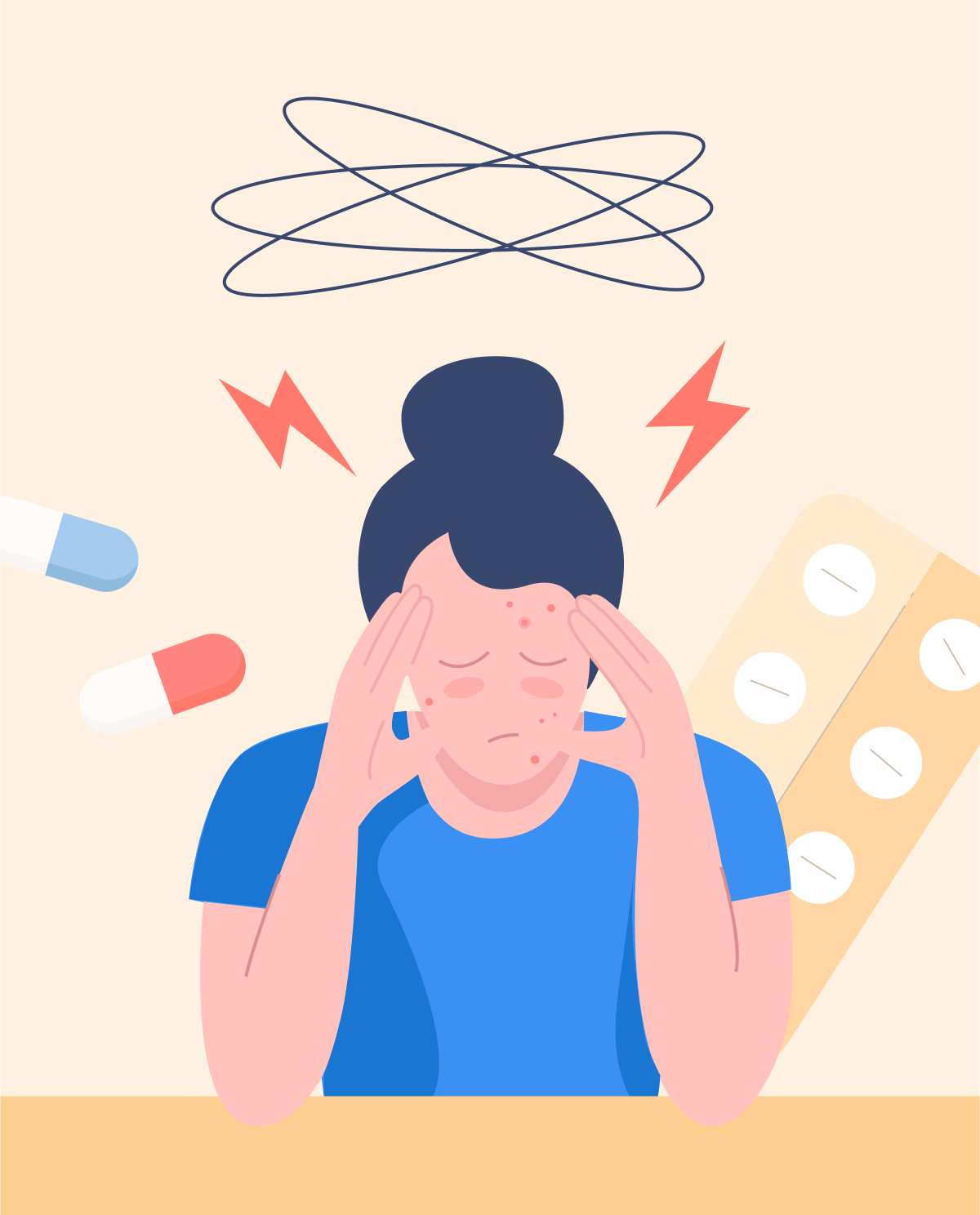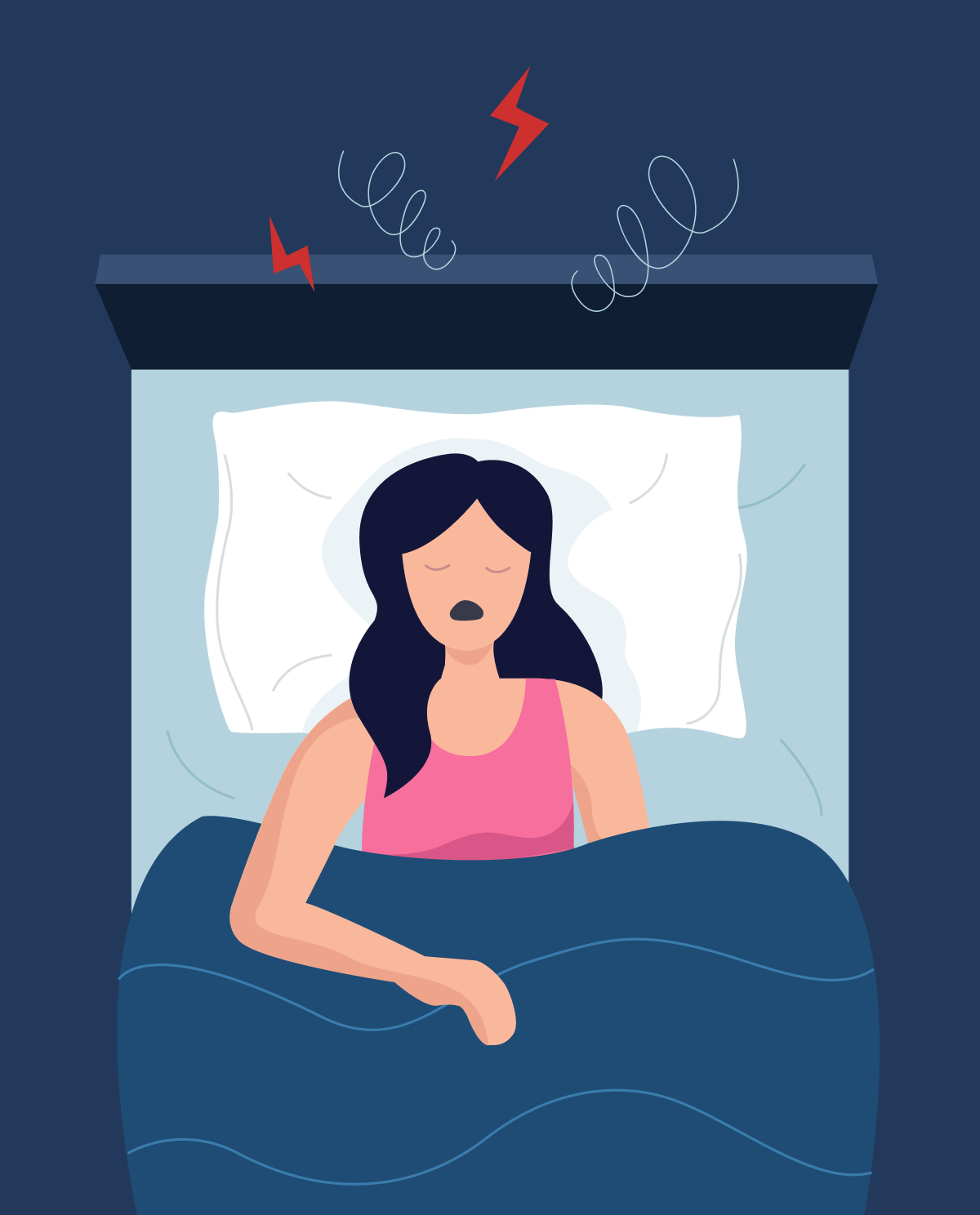Causes associated with hormonal imbalance
- Medication,
- Hormonal replacement therapy,
- Chemotherapy side effects,
- Stress,
- Eating disorders,
- Trauma,
- Menopause/andropause,
- Pregnancy and breastfeeding,
- Various illnesses such as diabetes, hyper/hypothyroidism, hypogonadism, adrenal hyperplasia, Cushing syndrome, PCOS, tumors, and so on.
Common conditions associated with hormonal imbalance
- Diabetes,
- Hyper/hypothyroidism,
- Obesity,
- Acne,
- Infertility,
- Irregular menses,
- Adult acne.
Signs and symptoms
The signs and clinical presentation of hormonal imbalance vary depending on which hormone is affected as they possess different functions in the body. As of now, more than 50 hormones have been shown to have a crucial function to maintain homeostasis. I will describe below the most common symptoms associated with a hormonal imbalance:
- Metabolic hormone imbalance can result in constipation / diarrhea, drady / tachycardia, depression / anxiety, darkening of the skin, weight gain / loss, extreme thirst / urination, increased sensitivity to cold / hot temperatures, and so on.
- Sex hormone imbalance can result in irregular menstruation, infertility, erectile dysfunction, lower libido, hair loss / growth, gynecomastia, and so on.
Diagnostic methods
First and foremost, a complete patient history and physical examination will be conducted by the primary healthcare physician. You will be asked about any new or chronic symptoms and changes you’ve experienced so they can narrow down the possible causes of your ailment. After the physician has completed this first step, they would require more specific tests in order to diagnose you. The following can be required by the physician:
- Blood / urine testing,
- Ultrasound,
- If advanced testing is required in order to come to a diagnosis, you may be required to undergo an x-ray, MRI, thyroid ultrasound, or a biopsy if warranted.
Few treatment options for correcting hormonal homeostasis
The treatment will depend on the specific imbalance discovered during the diagnosis.
- For women with lower estrogen, estrogen therapy can be used,
- For women with irregular menses, birth control therapy can be used,
- For men with low testosterone levels, testosterone therapy can be used,
- For women with an excess of male sex hormones, resulting in hair loss, acne, and facial hair growth, androgen blockers can be used,
- For patients suffering from thyroid imbalance, either hormone replacement therapy or thyroid-blocking medications can be used.








